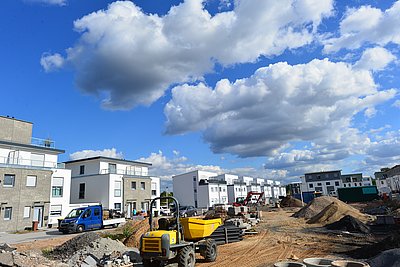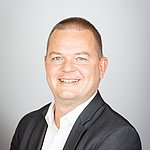The neighboring countries Netherlands, Switzerland and Austria have different approaches for unique identifiers for fibre access points in the end customers’ homes and offices. In a number of preliminary talks, two workshops and accompanying in-depth interviews with stakeholders WIK has analysed the situation in Germany. The Dutch way by using addresses is not suitable for Germany, as the market participants work with different address databases and systems. Already today problems come up when consolidating data bases of merging operators or simply in cooperation with other companies (i.e. wholesale business or field service).
For active wholesale business the German Working Group S/PRI has defined a unique Line/ID for contracted bitstream access links in operation. The Home ID specified by AK S/PRI represents a kind of de facto standard, too, but leaves so much room for interpretation, that the systems in place on the market are not or only partially compatible with each other. This results in challenges for the standardisation of wholesale business with passive wholesale products, for documentation and information purposes as well as for wholesale customers and external service providers who work with several external partners. In addition, the different address databases and writing methods in use cause procedural problems, too.
Since (as the workshops have shown) no initiatives for standardisation are to be expected from the market, an initiative by the regulator could possibly support the development of a uniform fibre optic connection ID and moderate the various interests of the market participants.



